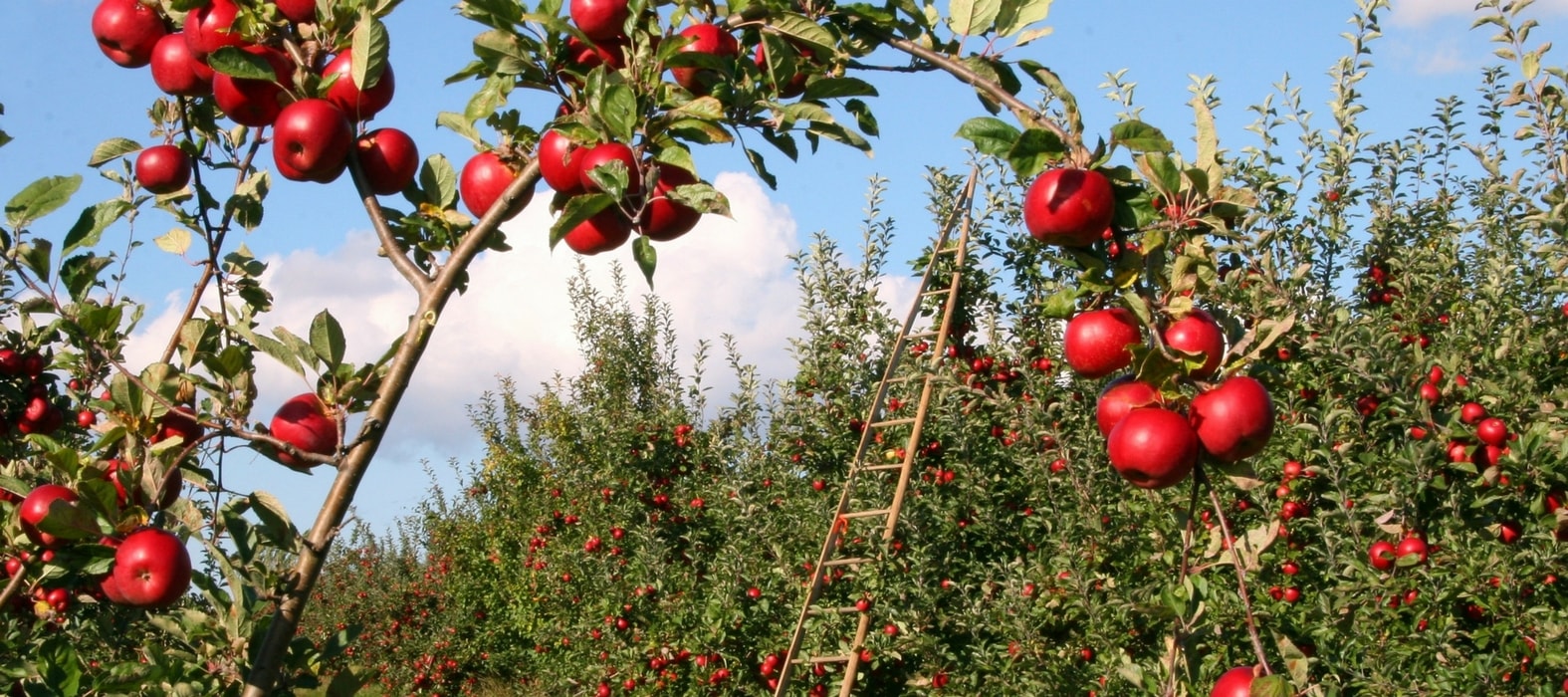
Fruit trees: protect your orchard naturally
against diseases and pests
Contents
To keep fruit trees healthy, proper planting is crucial. To ward off parasitic threats and prevent diseases, natural preventive or curative treatments such as sprays of Bordeaux mixture or plant-based preparations should help you achieve abundant harvests.
Properly planting and maintaining your orchard to maximise your chances of success
At planting:
- Choose varieties suited to your soil and climate.
- Carefully select the location of your tree based on the provided guidelines (for example, a sunny spot sheltered from prevailing winds…).
- Space the young plants adequately according to their future growth.
Over the years:
- Regularly clean around the base of the tree.
- Prune with sharp and disinfected tools.
- Apply a resinous healing agent or clay-type dressing to the pruning wounds.
- Install insect hotels to encourage the presence of pollinating insects (bees, butterflies, hoverflies…) and predators (ladybirds).
- If possible, set up wild hedges and flowering strips to promote biodiversity.
- Remove any fruit left on the tree or fallen on the ground.
- If a disease occurs, immediately remove all affected parts (fruits, branches…) as soon as the first symptoms appear. Do not compost them; burn them if possible.
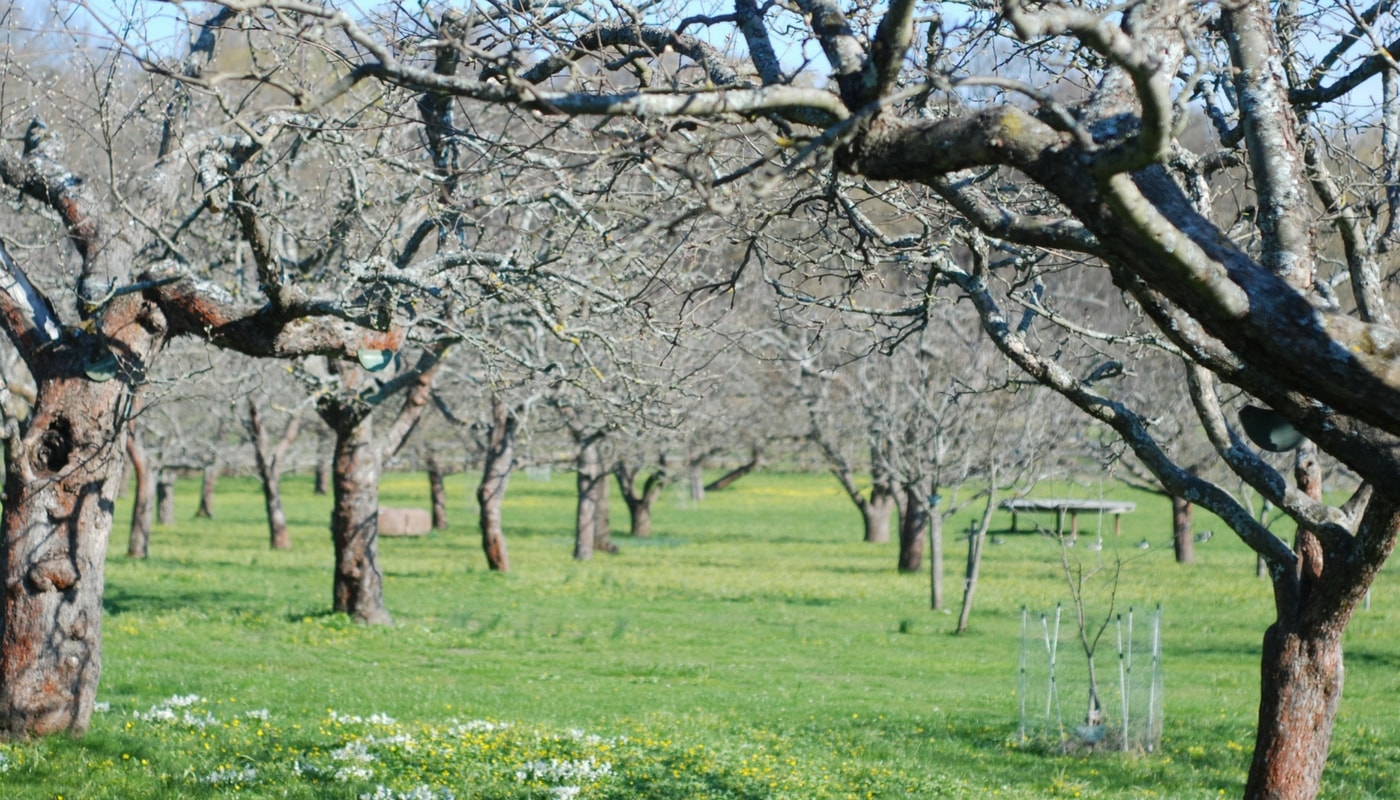
Read also
Liming fruit treesThe main diseases and pests of fruit trees: symptoms and natural treatments
-
Brown rot (peach, apricot, apple, pear, cherry, plum…)
This disease is caused by a fungus and is recognised by the appearance of brown rot with concentric circles punctuated with white on the fruits. As a preventive measure, spray with Bordeaux mixture and a horsetail decoction. Lime the trunks of the trees during winter. You can also plant horseradish at the base of the trees, but be careful as horseradish will establish itself permanently!
-
Peach leaf curl (peach, apricot, and nectarine)
Leaf curl is caused by a fungus and is characterised by swollen leaves that turn red and then dry out. Spray with Bordeaux mixture as a preventive measure. Another more original method: place unwashed and uncooked eggshells in a net and hang them in the peach tree during flowering. Repeat this several times. It is also advisable to plant garlic and nasturtiums at the base of the peach tree.
-
Shot hole disease or Coryneum (plum, cherry, apricot, peach, nectarine)
The leaves show round brown spots bordered with red, which eventually form small holes. Caused by a fungus, this disease can be treated preventively with sprays of Bordeaux mixture.
-
Codling moth (apples and pears)
The apple or pear worm is actually a small caterpillar that burrows a gallery inside the fruit to reach the pips. To limit its development, lime the trunks of the trees during winter. Place corrugated cardboard bands along the trunk to trap the codling moth larvae. Install bat houses and nesting boxes (for blue tits), as they are predators of the codling moth. Bag the fruits with brown kraft paper. In spring, if necessary, set up pheromone traps.
-
Apple scab (apple and pear trees)
The leaves and fruits show brown spots, and the fruits crack: these are the symptoms of apple scab, caused by a fungus (different for apples and pears). Treat preventively with Bordeaux mixture, wettable sulphur, combined with nettle manure or a horsetail decoction. Lime the trunks of the trees during winter. Bag the fruits with brown kraft paper.

Codling moth – Leaf curl – Apple scab – Coryneum
-
Powdery mildew (apple tree)
The white fluff on the leaves, caused by a fungus, can be treated preventively with sulphur and possibly curatively if the damage is minimal. You can also use nettle manure or a horsetail decoction, but be careful not to overly moisten the foliage, which encourages the development of powdery mildew.
-
Aphids (fruit trees in general)
To combat aphids (leaves curling and yellowing, ants nearby), several options exist: spray a mixture of water and black soap, encourage the presence of ladybirds, grow plants at the base of the trees that attract aphids (nasturtiums) or repel them (marigolds, lavender, mint, rue officinalis…) or spray with nettle manure, fern, or a tansy decoction.
-
Rabbits and other rodents
Protect the bark of the trunks by installing plastic or metal mesh at the base of the trees.
If you use Bordeaux mixture (a mixture of copper sulfate and lime), follow the prescribed dosages.
Discover other Fruit trees
View all →Available in 0 sizes
Available in 1 sizes
Available in 1 sizes
Available in 1 sizes
Available in 1 sizes
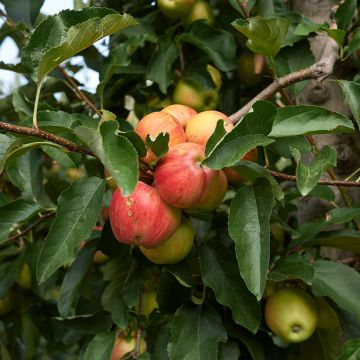
Available in 1 sizes
Available in 1 sizes
Available in 1 sizes
Available in 1 sizes
Available in 1 sizes
- Subscribe!
- Contents































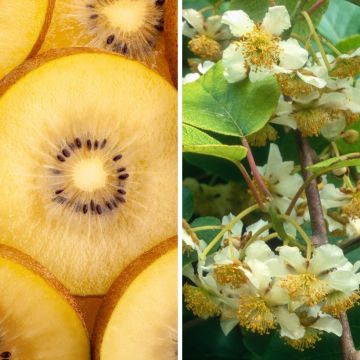
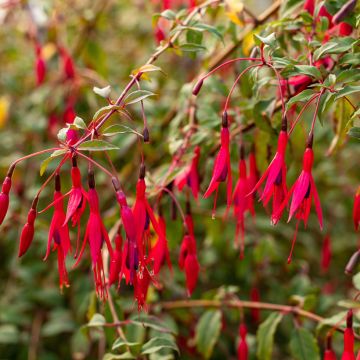
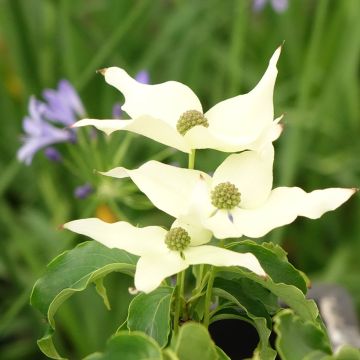
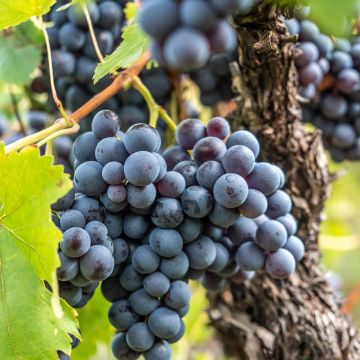
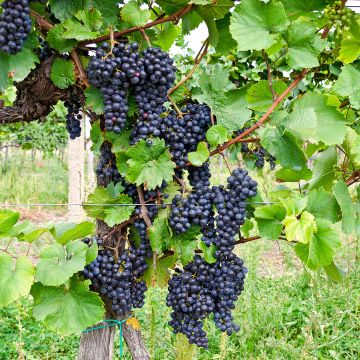
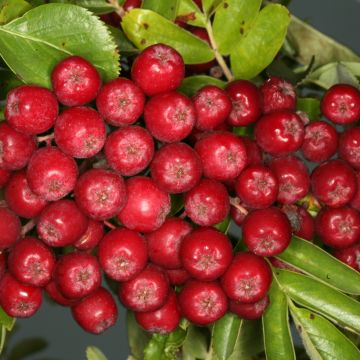
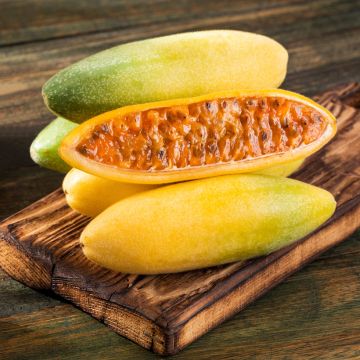
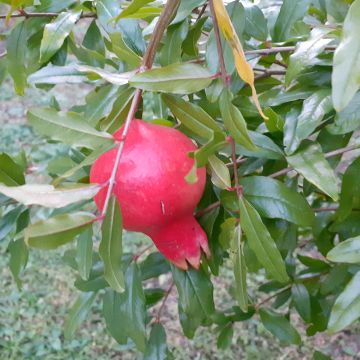
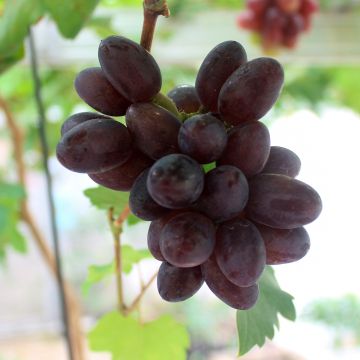
Comments